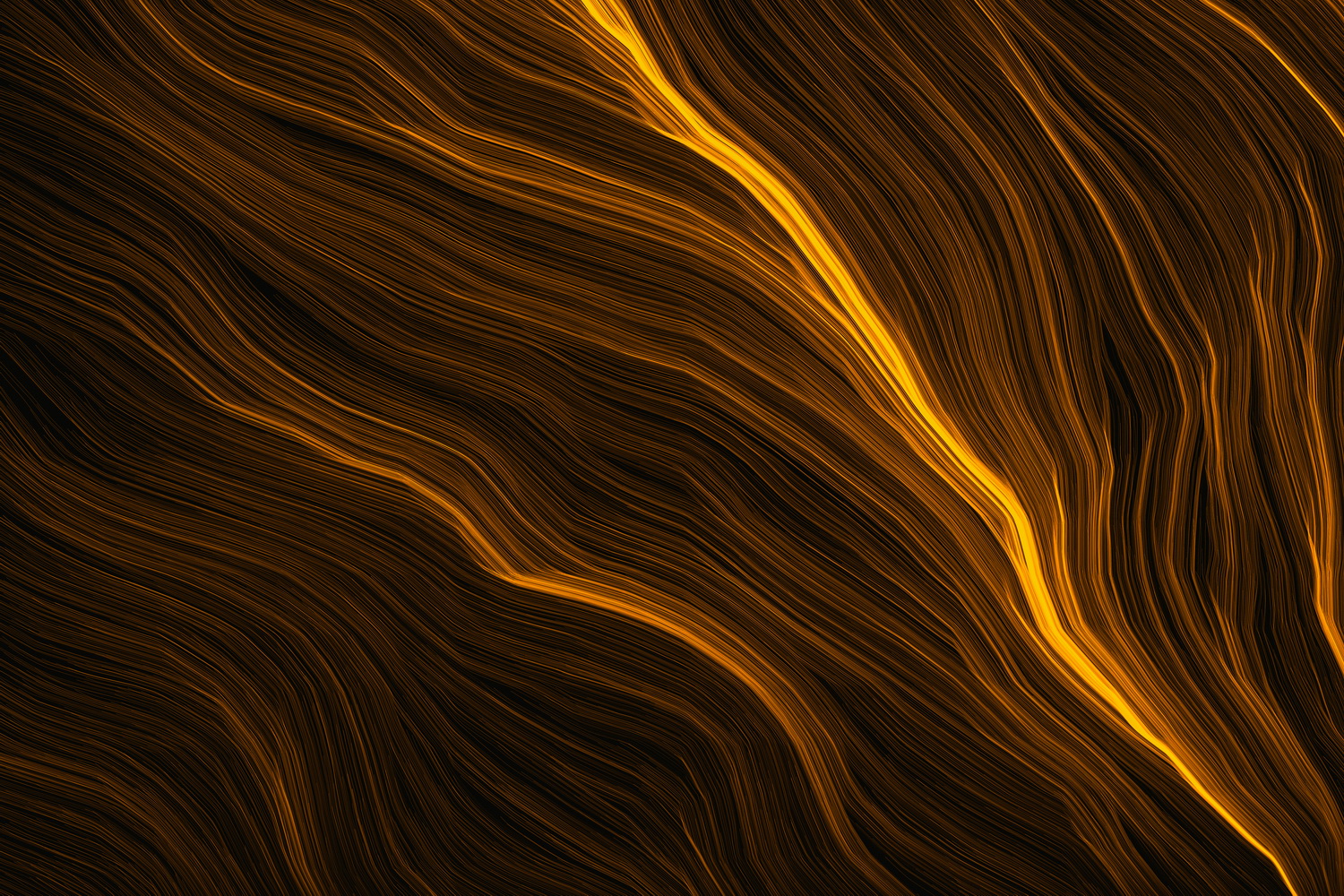Might want to keep your hard drives in a safe place. A huge mass of magnetically charged material ejected from the sun is racing across space toward our planet, where it is expected to arrive on Tuesday. When it strikes the Earth’s magnetic field, it could produce spectacular auroras and cause some technical disruptions.
The solar eruption, called a coronal mass ejection, was spotted by NASA’s Solar Dynamics Observatory, which captures high-definition views of the sun at a variety of wavelengths. SDO was launched in February and peers deep into the layers of the sun, investigating the mysteries of its inner workings
Normally a blast of radiation like this could be expected to wipe out much of the human race, but fortunately we are protected by the Earth’s magnetic field. Instead the deadly solar plasma is expected to stream down the planetary field lines towards the poles, crashing into oxygen and nitrogen atoms in the atmosphere and so lighting them up to form aurorae – the so-called Northern Lights.
As space newsgroups explain, When the violent cloud hits, which could be anytime now, it could spark aurorae in the skies around the poles and pose a threat to satellites, although not a severe one. Despite being separated by hundreds of thousands of miles, the two events may be linked, said astronomers who studied the images from SDO that hint at a shock wave travelling from the flare into the filament.
Experts estimate a wave of supercharged gas called plasma will reach us this Tuesday when it will buffet the natural magnetic shield protecting Earth. It could trigger spectacular displays of the aurora or northern and southern lights.
The sun has essentially woken up since its last major eruption in 2001, astrophysicists say. The Sun goes through an 11-year cycle of calm and eruptions. This eruption is the first sign that the Sun is heading toward another period of maximum activity.




